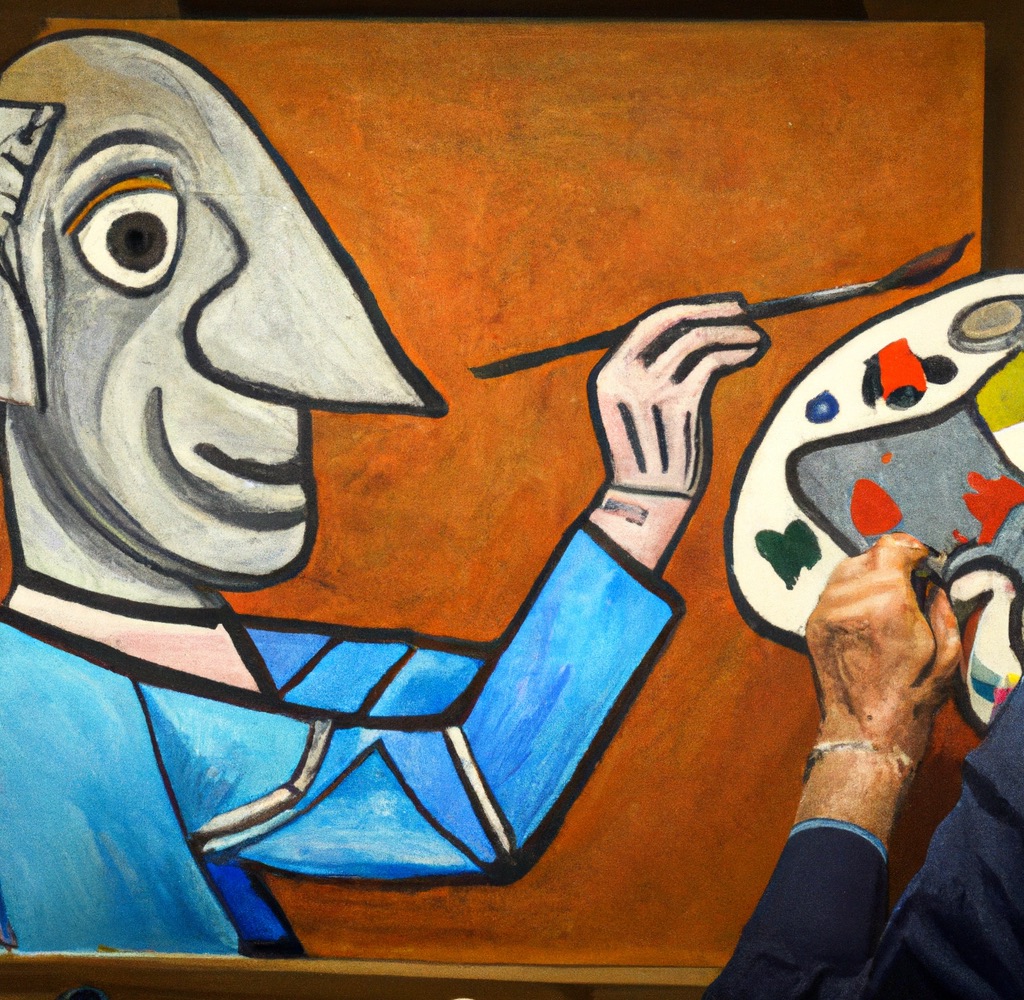Written by GPT-3, images by DALL·E 2
It is hard to overestimate the importance of Pablo Picasso in the history of art. He was, quite simply, the most influential artist of the 20th century. His impact on subsequent generations of artists is immeasurable, and his legacy is secure.
But what of his reputation in the new millennium? Is he still considered the pre-eminent artist of his time in the face of newer, more cutting-edge talents?
The answer, it seems, is a resounding yes.
A new retrospective of his work, opening this week at the Museum of Modern Art, is being hailed as a major event. And Picasso’s once-controversial paintings are now considered masterpieces.
“People are finally beginning to see Picasso for the genius he was,” says art critic John Smith.
Smith attributes Picasso’s renewed popularity to a new appreciation for his experimental style. “In the past, people didn’t always understand Picasso’s paintings,” he says. “But now we can see how innovative and ahead of his time he really was.”
The MoMA retrospective includes more than 100 of Picasso’s paintings, drawings, sculptures, and prints. It spans his entire career, from his early work in the 1890s to his death in 1973.
The exhibit is sure to be a hit with art lovers and casual observers alike.
This is an AI-generated article created from a futuristic New York Times headline written for Kubrick’s 2001: A Space Odyssey. GPT‑3 wrote the main text from a prompt based on the headline, and any additional fact boxes were prompted using related phrases. DALL·E 2 was similarly used to make the article’s images. The fake ads use AI‑generated photos and slogans.

